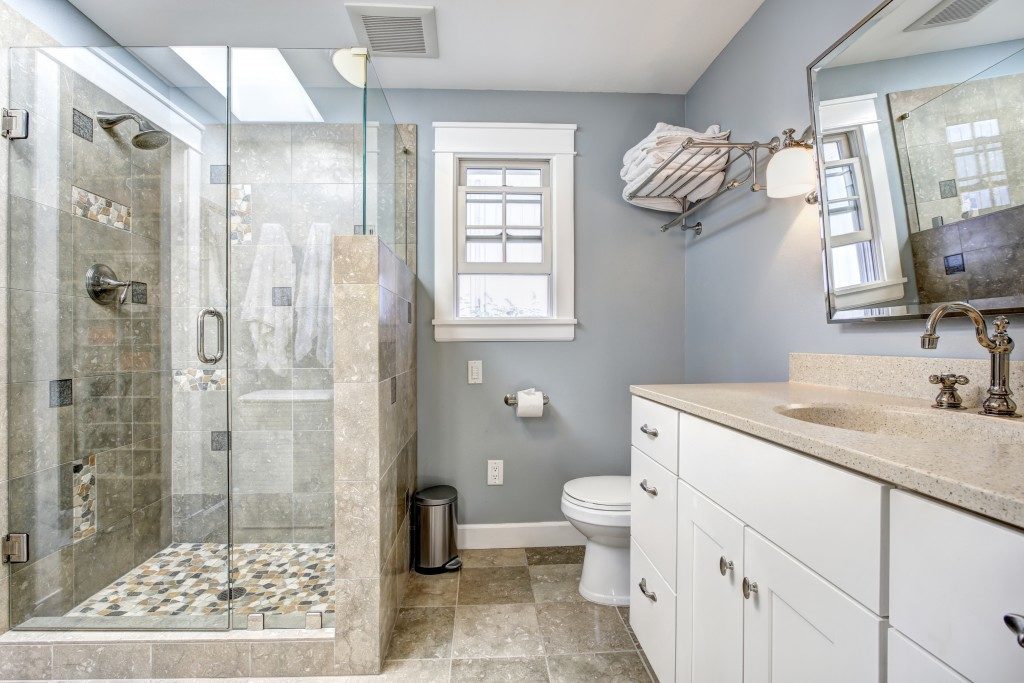Imagine going to your bathroom in the early hours of the morning. You probably know what happens next: your toes curl because the tiles are so cold and you shiver despite yourself. You try to make your business as quickly as possible and leave.
This is where radiant floor heating is useful. Park City, Utah is no stranger to chilly weather, especially in December to February, where temperatures drop as low 1°. Radiant floor heating uses the principle that heat rises, which can effectively prevent your bathroom tile floors feel like they were submerged in the Arctic.
Before you look for bathroom contractors that can install this type of heating, make sure all your bases are covered. Here are a few things to consider.
Hydronic vs. Electric
There are two mainstream types of radiant floor heating: hydronic and electric. Hydronic systems involve coils placed underneath the tiles, where heated water is circulated to provide heat. Meanwhile, electrical systems run electricity through conductive coils (again placed right below the slabs), which heats the coils and the tiles above it. In terms of energy costs, the latter is more expensive to run but can be more reliable, although hydronic systems are catching up with the additional benefit of being easy to install.
Some radiant floor heating systems use a system of air ducts to deliver heated air to the floors. These systems offer several challenges, however, being that air can’t carry as much heat as water.

Layout
Radiant floor heating works by transferring heat from heated water (or electric coils) to the tiles, which, in turn, can warm your feet. It can’t heat air as much, so don’t rely solely on it to provide heating to the whole bathroom. Instead, lay the coils underneath the areas where you would walk, such as the entrance, around the toilet, the shower, around the tub, and so on. Make a floor plan of the bathroom to help you decide which areas see foot traffic. Installation, however, should be done by a licensed electrician.
Still, with proper insulation and design, a radiant floor heating system can be used to heat an entire room. In this scenario, however, be careful not to walk barefoot on a heated floor. A room heated this way means the air has already been heated enough to make it feel warm, which means that the floor will be several orders of magnitude hotter than usual.
Flooring
Radiant floor heaters used to work exclusively for tiles, but newer systems can now accommodate other flooring materials like vinyl or wood. Still, any flooring material that can insulate will naturally make radiant floor heating less effective, which just increases your energy consumption for little gain. Materials like stone, ceramic, or tile are still the best choices because they conduct heat well.

Installation and Operation
Radiant floor heating systems are not exactly cheap, so it’s best to do it as construction is ongoing on a new home or you’re renovating the house. When you decide to do it out of the blue, the contractors would have to tear off your bathroom floor to lay the coils, which is a massive waste of time and resources.
Hydronic systems might also leak, which can lessen its heating ability. When the water runs out due to such a leak, this system will become useless, unless you reinstall it again. Meanwhile, electric systems are expensive in terms of energy consumption, so it’s a good idea to run it only at night.
Radiant floor heating is a blessing. Don’t let it be a headache by installing it without knowing all there is to know about it.

